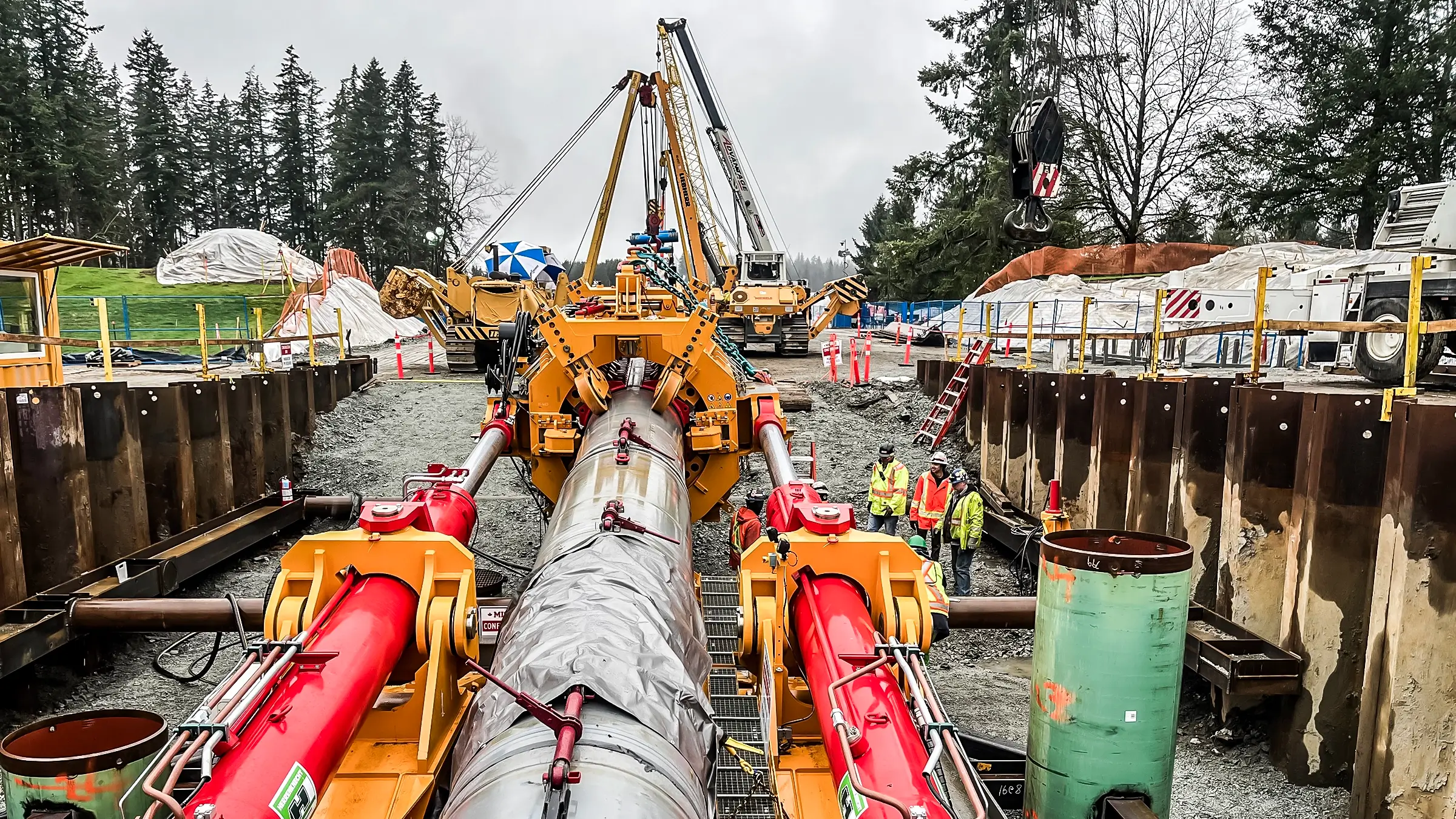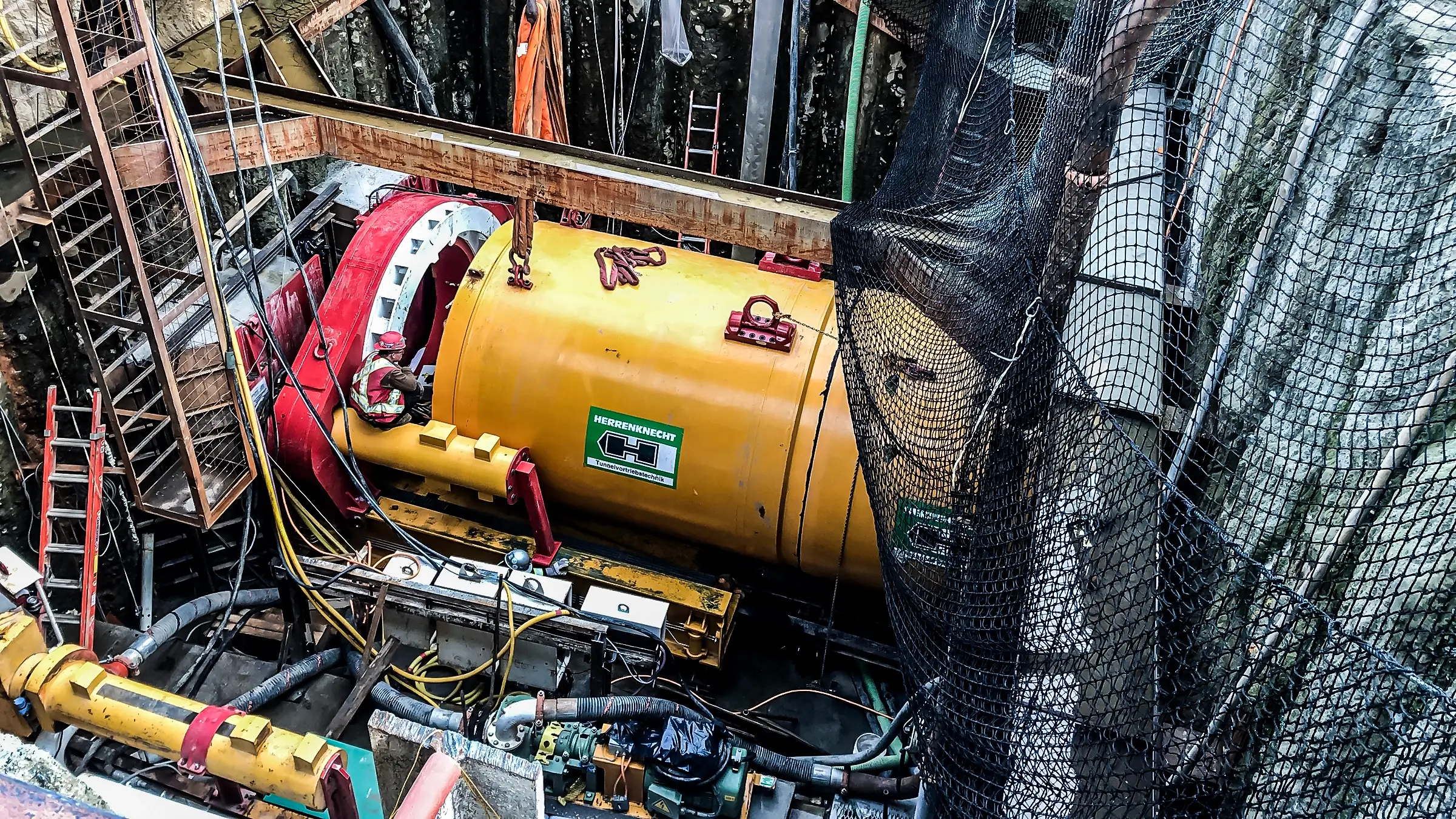Trenchless Installation & Construction
Michels Canada uses trenchless installation and construction methods to expand Canada’s underground energy and infrastructure with minimal surface disruptions. We use a combination of powerful, yet precisely guided machinery and ground-engaging tooling to safely build reliable solutions. Our experience with horizontal directional drilling (HDD), Direct Pipe, tunneling and microtunneling allows us to complete projects exactly as designed. Our pre-construction and alternative delivery experts partner with customers to analyze outcomes and select the best methods for each project’s conditions.
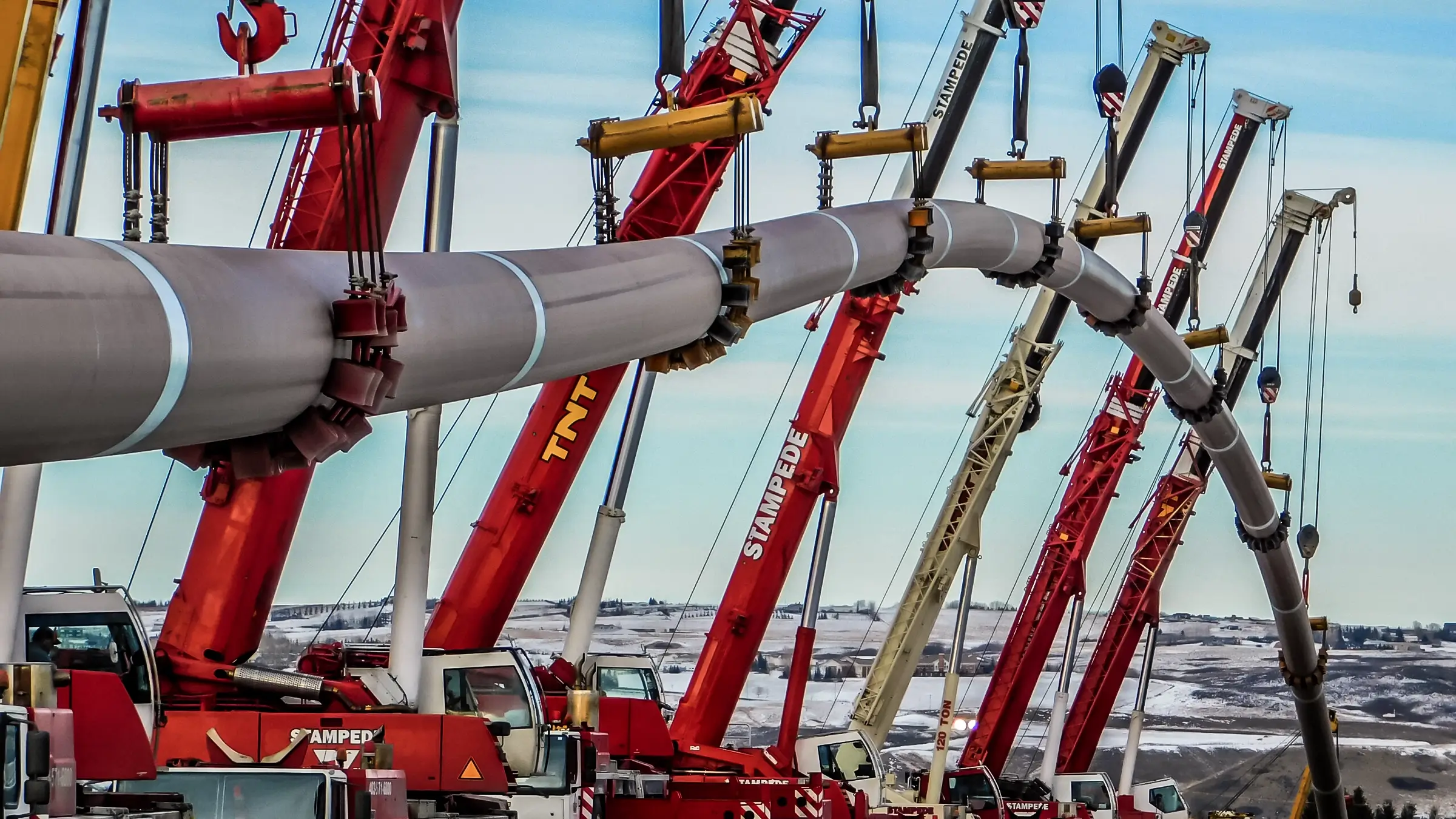
Horizontal Directional Drilling
Horizontal directional drilling (HDD) is a versatile trenchless construction method for locations where surface excavations and conventional trenching are undesirable. Crews and equipment can install pipelines and conduit bundles up to 60 inches in diameter and lengths beyond 4,000 metres.
Michels Canada uses the most sophisticated guidance systems to drill parabolic boreholes on precisely engineered alignments. We bring a fleet of custom-modified large rigs with up to 1.8 million pounds of drilling thrust/pulling power that can operate in all climates, conditions and locations, including under waterways, railways, roadways and runways.
Michels pioneered the pilot hole intersect method, which extends the possibility of HDD by using two rigs to bore the alignment from each side and meet at a predetermined location.
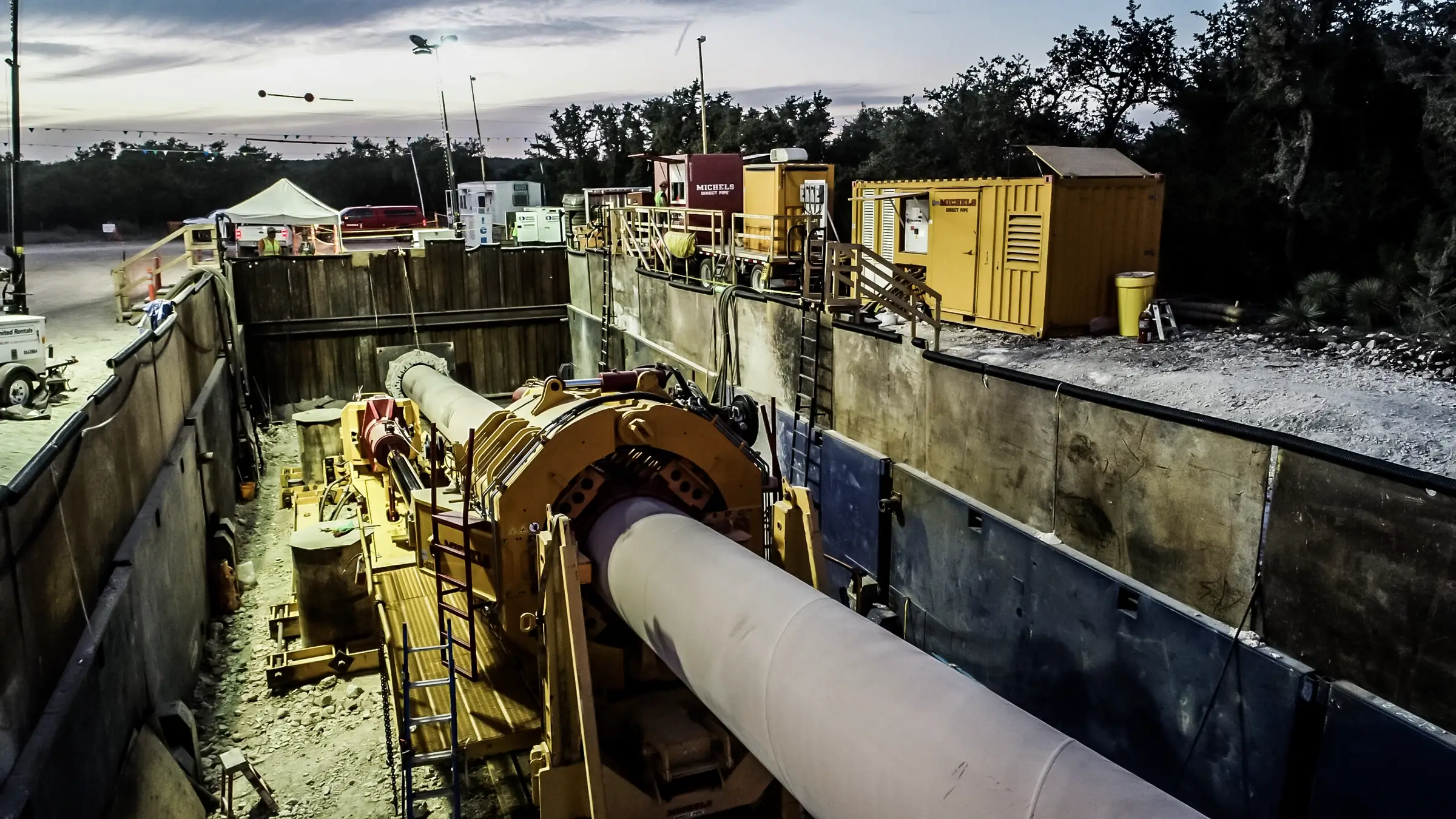
Direct Pipe®
Michels Canada has been using the Direct Pipe® method for trenchless pipeline rehabilitation services and installation of a prefabricated pipe longer than any other contractor in Canada. This trenchless method combines elements of tunnelling and horizontal directional drilling (HDD). It’s well suited for small sites, construction under highways, rail tracks and waterways, and in-ground conditions not ideal for HDD.
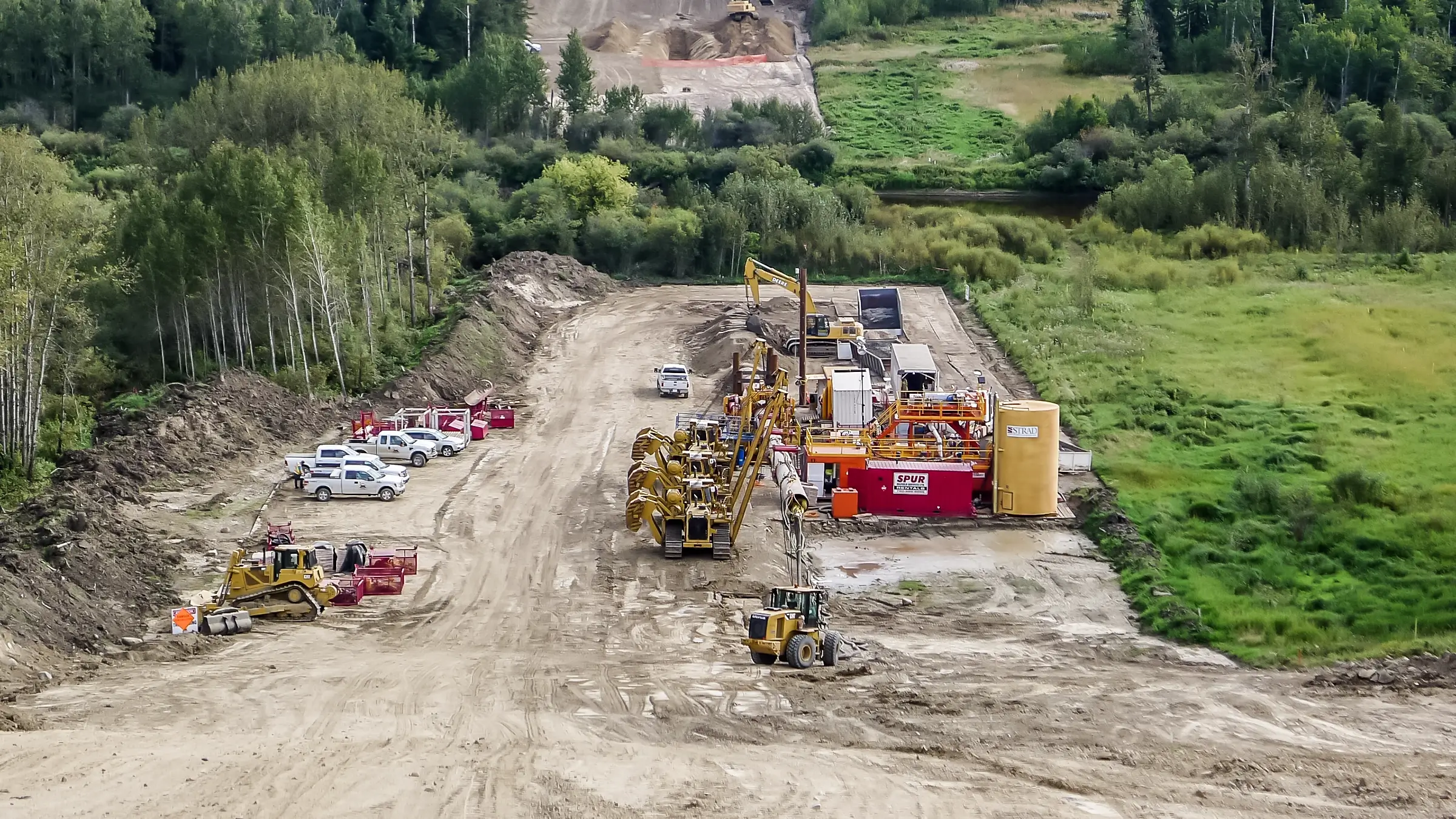
Fact
Michels completed the first pipeline installation using direct pipe in Canada in 2013. Michels installed 342 meters (1,122 feet) of 42-inch pipeline under the Beaver River in Alberta.
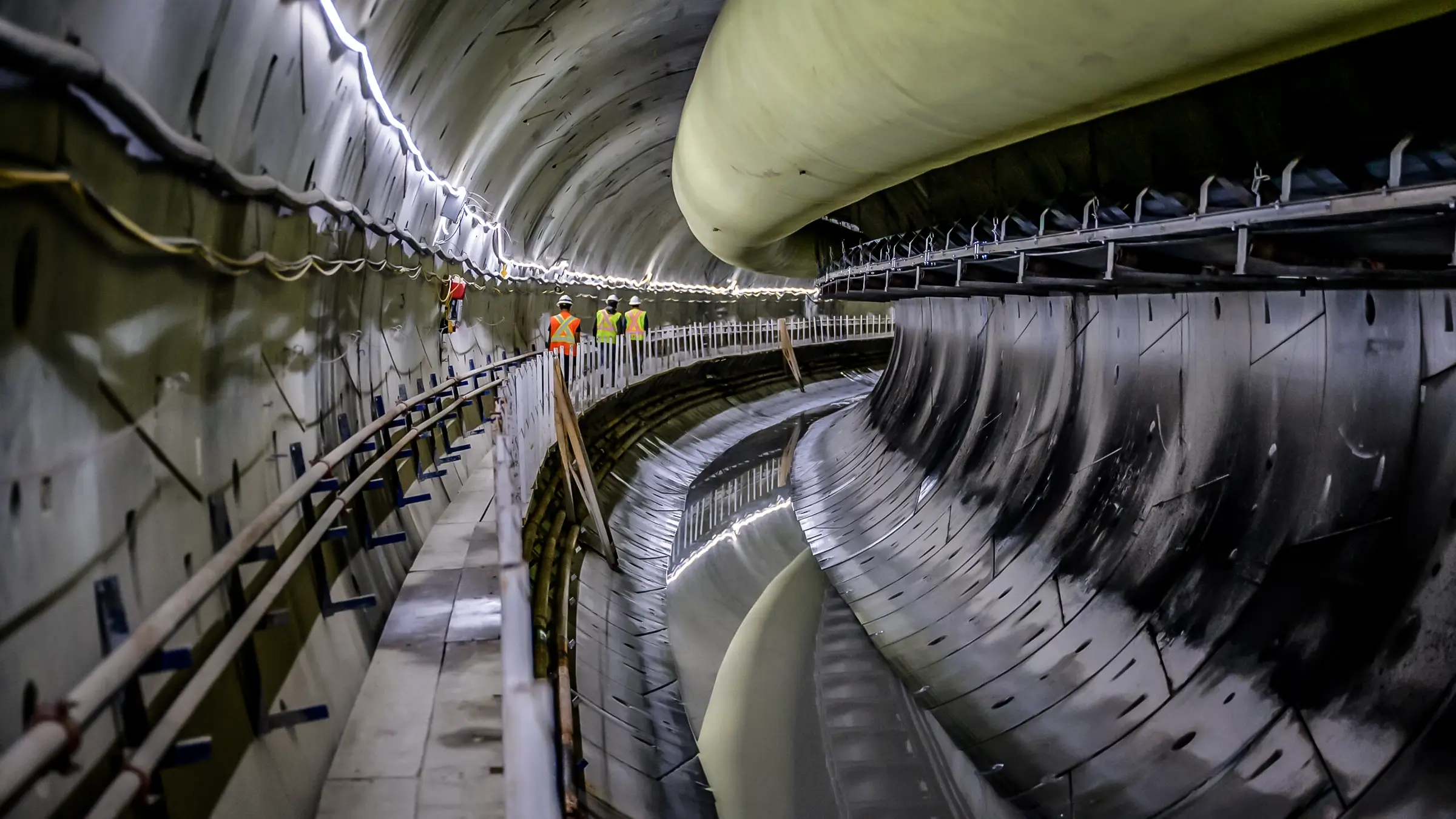
Tunnelling
Tunnelling installation is used to build tunnels to safely house utilities, pipelines, water mains, storm and sanitary sewers, and large conduit bundles.
The Michels Canada underground construction team is experienced in delivering a full range of tunnelling solutions, from planning to restoration to fit your projects. Our team has access to innovative technology and a cutting-edge fleet of equipment.
Our techniques include:
- Earth pressure balance tunnel boring machines (TBM)
- Hard rock TBM
- Conventional drill blast tunnelling
- Sequential excavation methods (SEM)
- Remote-controlled tunnelling systems
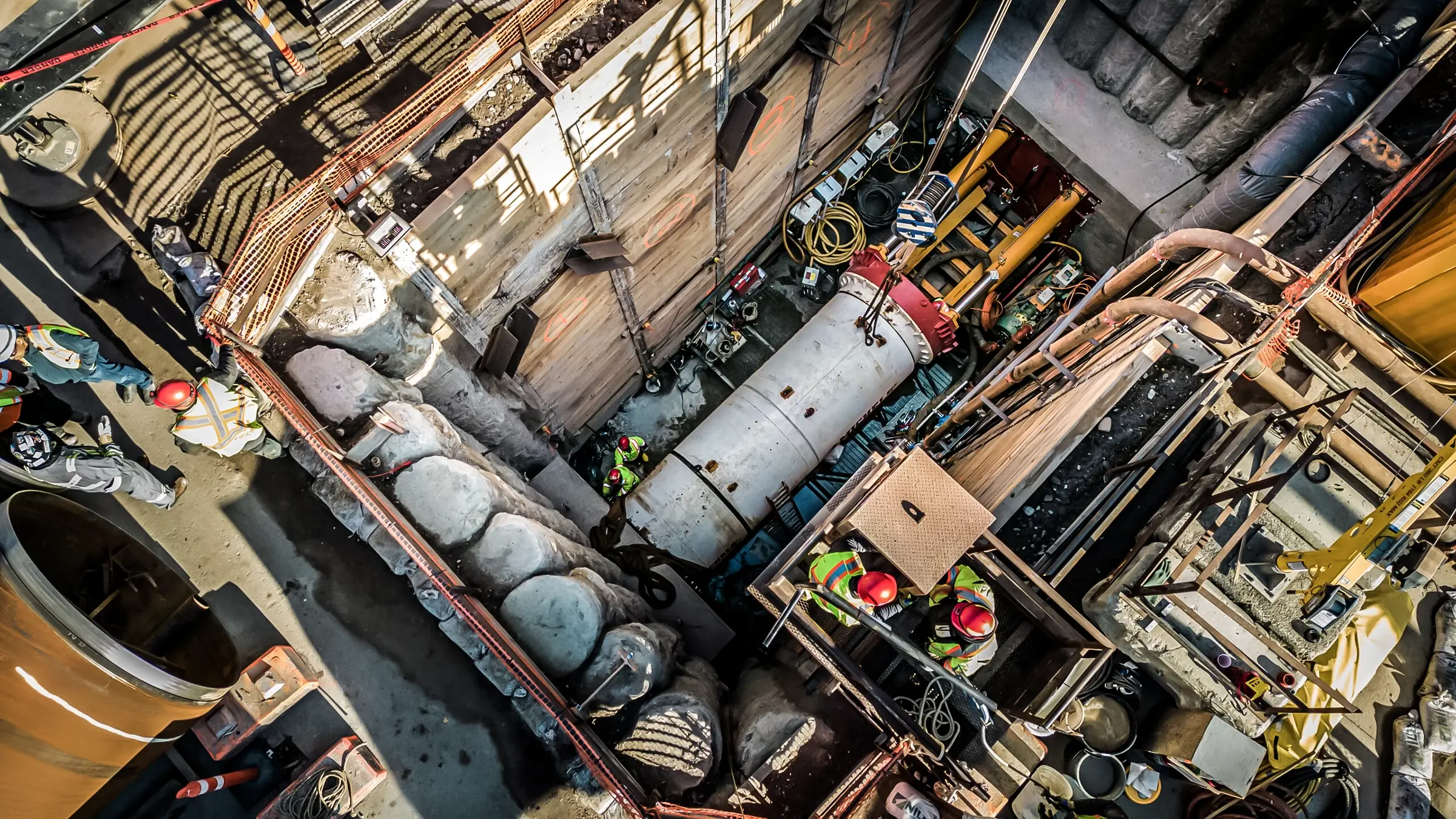
Microtunnelling
Mircrotunnelling is a closed-face system that can be launched from a shaft on land to a predetermined endpoint. The combination of a remotely controlled, guided microtunnelling boring machine (MTBM), casing pipe, and pipe jacking operation provides continuous support. Microtunnelling is effective in all soil conditions for construction under roadways, waterways, areas with high groundwater tables, and other challenging situations.
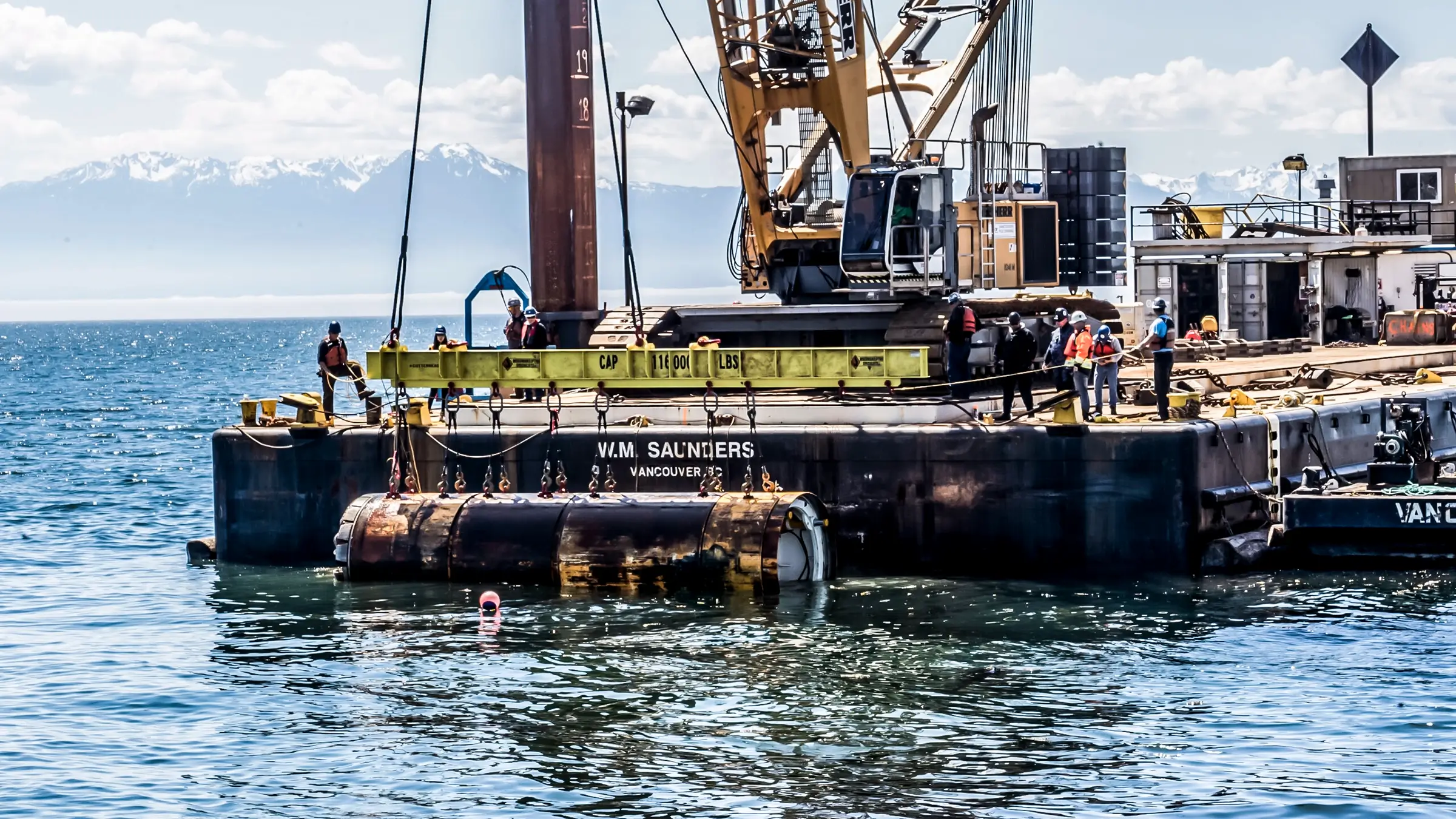
Fact
Michels has successfully completed dozens of underwater wet retrievals of the bulkhead and machine.
- Trenchless Construction - We Do
- Coxwell Bypass Project
- Wastewater Treatment Plant
- Athabasca River Crossing
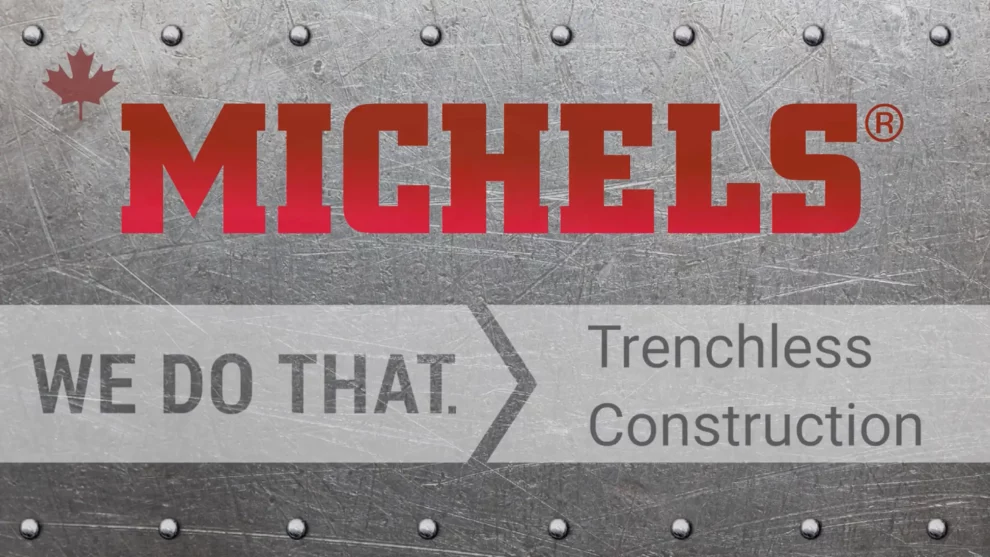
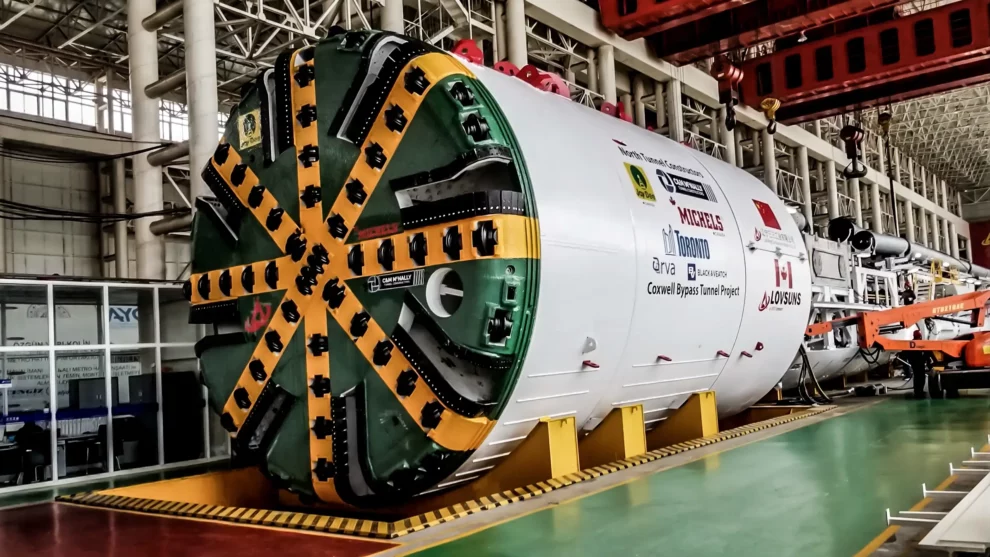
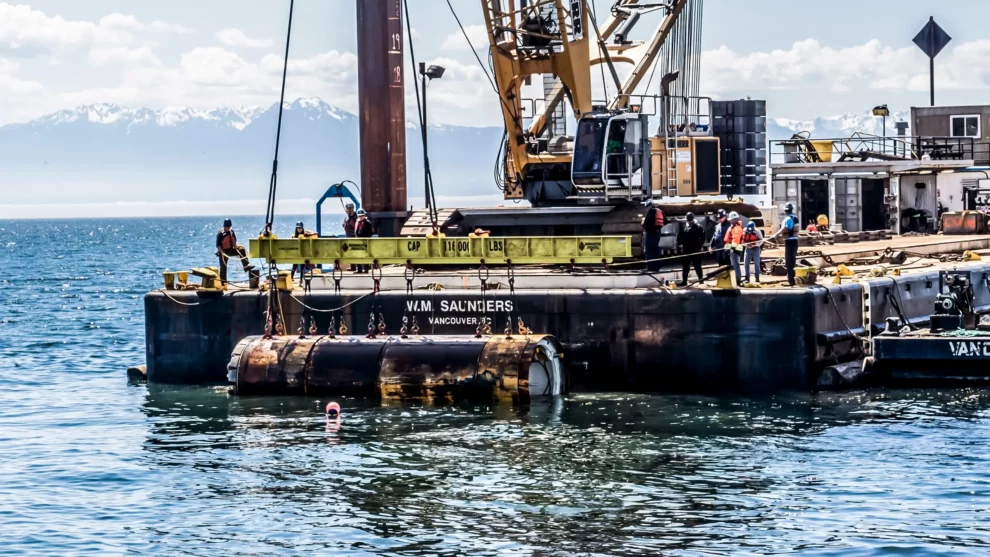
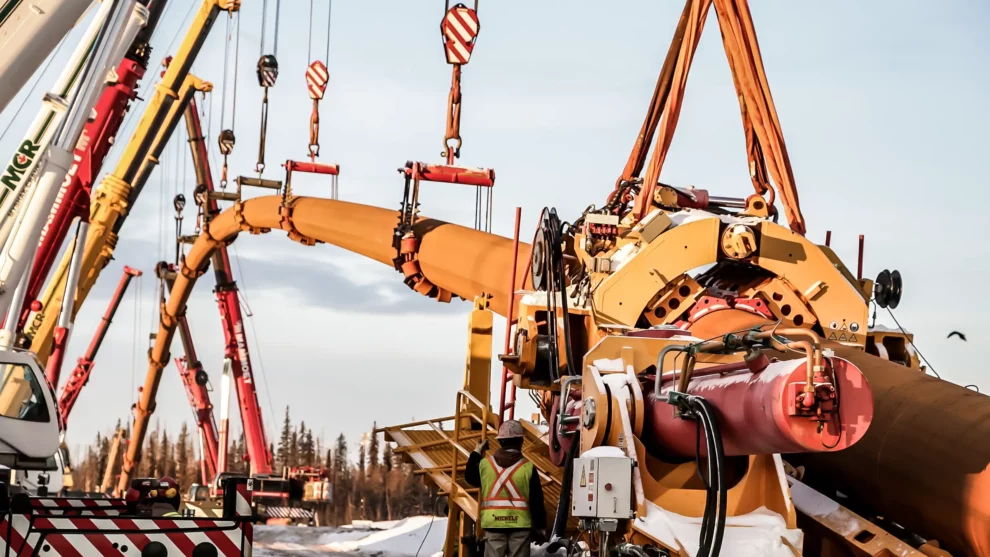
Contact Us
Thank you for taking time to learn more about who we are and what we do. If you need additional information or are in need of a solution not addressed on these pages, please submit a message with your contact information.
